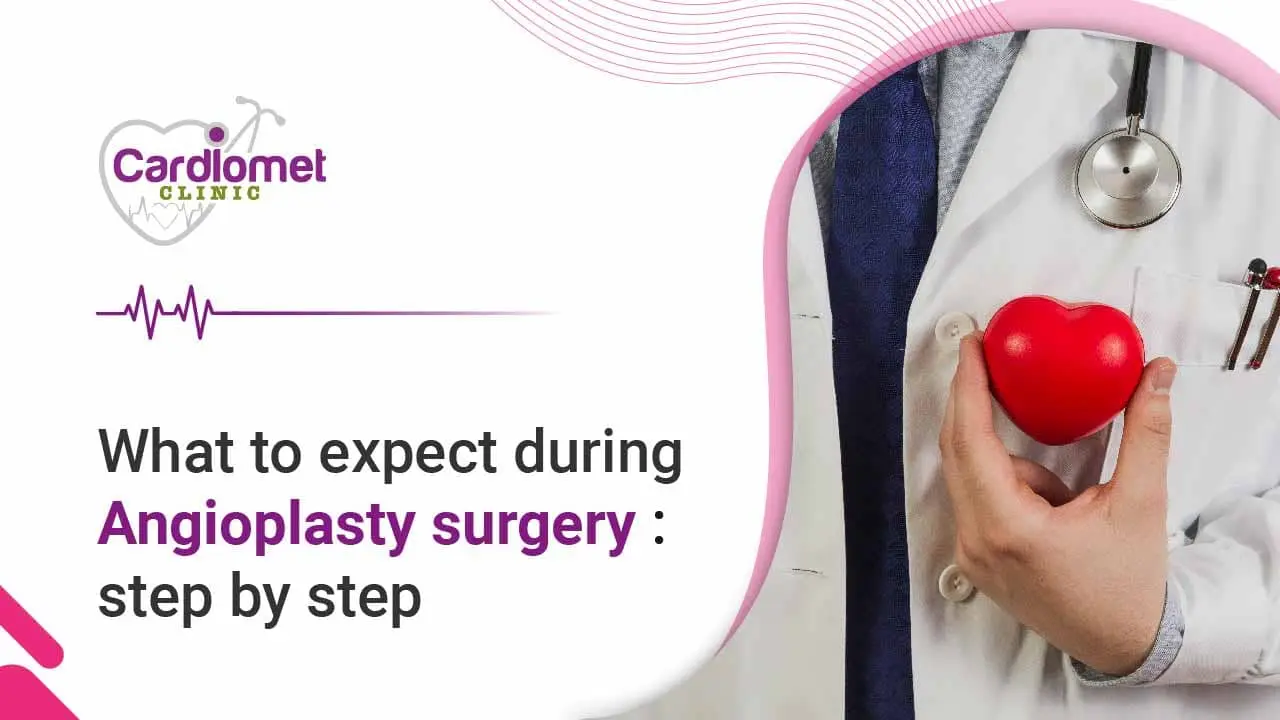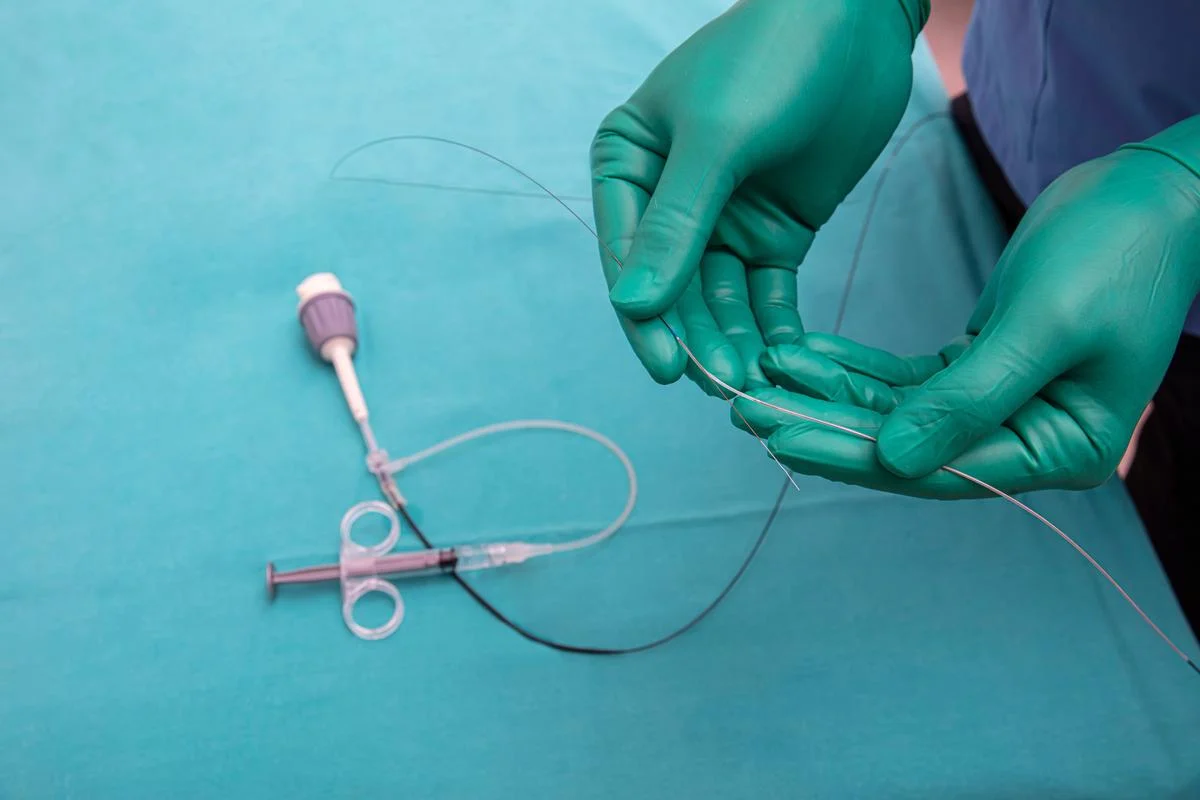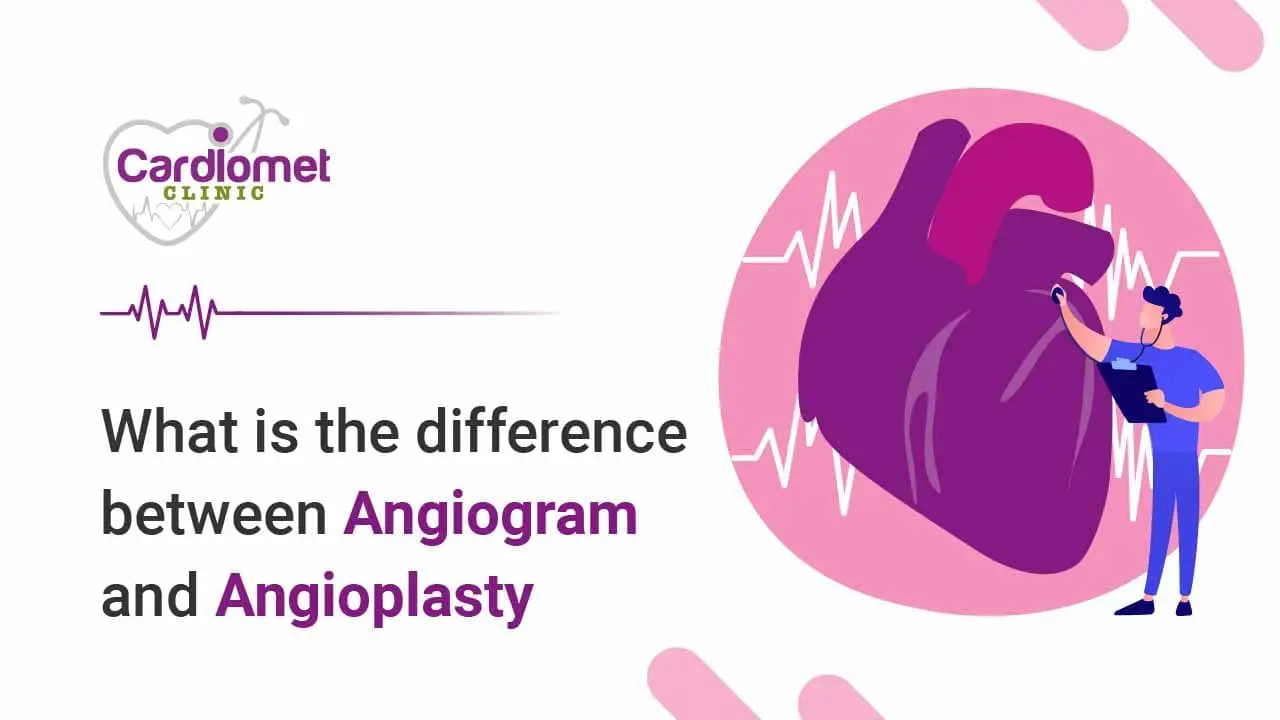What to Expect During Angioplasty Surgery? : Step by Step Explanation
If you’ve been advised to undergo angioplasty surgery, no doubt you have many questions about what to expect.
While the thought of any kind of surgical procedure may be a bit daunting, there’s no need for concern, your cardiac team will walk you through each step so that the entire process is as straightforward and stress-free as possible.
In this blog post, we'll provide detailed information on preoperative preparation and procedures performed during your angioplasty surgery so that you know exactly what's involved.


- You can Jump On:
What is Angioplasty?
Angioplasty is a minimally invasive procedure used to open blocked arteries and restore normal blood flow.
A Cardiologist inserts a thin tube called a Catheter into an artery in your arm or groin, then threads it to the affected area in your heart.
A Tiny balloon at the tip of the catheter is then inflated to widen the artery, pushing aside plaque and other blockages that are preventing proper circulation.
At Cardiomet Clinic, Dr. Abhijeet Palshikar employs a specialized technique. He uses a small balloon positioned at the catheter's tip, which is inflated to gently expand the artery. This process effectively Displaces any plaque or Obstructions, allowing for Improved Blood Flow and Circulation.
Preoperative Preparation
Prior to undergoing angioplasty surgery, you'll be asked to complete several tests and procedures in order for your doctor to get a clear picture of your heart health.
This may include -
- Imaging scans like X-rays or CTs,
- Blood tests,
- Echocardiograms,
- Stress tests.
- You may also be asked to make certain lifestyle modifications such as quit smoking and/or reduce your salt intake.
Once all of these have been completed, you’ll be ready for your angioplasty procedure.
Steps of the Procedure
- You'll be given a local anesthetic at the insertion site in order to numb the area before the catheter is inserted.
- Once in place, a small balloon will be inflated with contrast dye at the tip of the catheter. This is to ensure that the area is clear and free of any blockages.
- If necessary, a stent (a tiny metal tube) may be placed at the site in order to keep the artery open after it has been widened.
- The catheter will then be removed and pressure applied to the insertion site for ten minutes or so.
The entire procedure usually takes between 45 minutes to 1 hour and is done while you are awake (although sedation may be required).

At Cardiomet Clinic, Dr. Abhijeet Palshikar recommends booking an appointment for your consultation. Following the procedure, a brief period of bed rest might be advised, but in most cases, you'll be discharged with guidance from your doctor on post-surgery activities and necessary lifestyle adjustments.
Follow Up Care
Post-Angioplasty, it's important to take good care of yourself by following all of your doctor’s instructions. This may include regular exercise, taking medications as prescribed, and avoiding activities or substances that could damage your heart.
You'll also need regular follow-up appointments with your doctor to ensure that the artery remains open and Clear of any Blockages.

Angioplasty Surgery is a safe and effective way to restore normal blood flow in blocked arteries, reducing the risk of stroke, heart attack and other cardiovascular complications.
With this step by step explanation of what to expect during Angioplasty Surgery, you can rest assured that you are in good hands!




